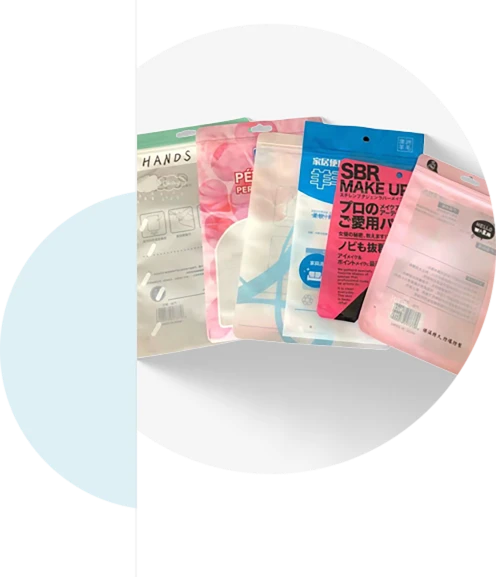- Afrikaans
- Albanian
- Amharic
- Arabic
- Armenian
- Azerbaijani
- Basque
- Belarusian
- Bengali
- Bosnian
- Bulgarian
- Catalan
- Cebuano
- chinese_simplified
- chinese_traditional
- Corsican
- Croatian
- Czech
- Danish
- Dutch
- English
- Esperanto
- Estonian
- Finnish
- French
- Frisian
- Galician
- Georgian
- German
- Greek
- Gujarati
- haitian_creole
- hausa
- hawaiian
- Hebrew
- Hindi
- Miao
- Hungarian
- Icelandic
- igbo
- Indonesian
- irish
- Italian
- Japanese
- Javanese
- Kannada
- kazakh
- Khmer
- Rwandese
- Korean
- Kurdish
- Kyrgyz
- Lao
- Latin
- Latvian
- Lithuanian
- Luxembourgish
- Macedonian
- Malgashi
- Malay
- Malayalam
- Maltese
- Maori
- Marathi
- Mongolian
- Myanmar
- Nepali
- Norwegian
- Norwegian
- Occitan
- Pashto
- Persian
- Polish
- Portuguese
- Punjabi
- Romanian
- Russian
- Samoan
- scottish-gaelic
- Serbian
- Sesotho
- Shona
- Sindhi
- Sinhala
- Slovak
- Slovenian
- Somali
- Spanish
- Sundanese
- Swahili
- Swedish
- Tagalog
- Tajik
- Tamil
- Tatar
- Telugu
- Thai
- Turkish
- Turkmen
- Ukrainian
- Urdu
- Uighur
- Uzbek
- Vietnamese
- Welsh
- Bantu
- Yiddish
- Yoruba
- Zulu
silica gel desiccants
The Importance of Silica Gel Desiccants in Moisture Control
Silica gel desiccants are ubiquitous in various industries, playing a crucial role in moisture control and preservation. Understanding the composition and function of silica gel, alongside its applications and effective usage, can shed light on why it is such a vital component in safeguarding products from moisture damage.
Silica gel is a synthetic form of silicon dioxide (SiO₂), which is a naturally occurring mineral. The unique structure of silica gel allows it to absorb moisture from the environment. It appears as small beads or granules that are often packaged in small, breathable sachets. The primary appeal of silica gel desiccants lies in their ability to absorb water vapor, making them essential for maintaining a dry environment in various settings.
One of the key characteristics of silica gel is its high surface area, which enables it to adsorb a significant amount of moisture relative to its weight. This property is advantageous in both commercial and personal applications, ensuring that products remain dry and functional. For example, in the packaging industry, silica gel is often included in boxes of electronics, pharmaceuticals, and food items. By keeping these items moisture-free, silica gel helps prevent spoilage, corrosion, and damage, thereby prolonging the shelf life and integrity of the products.
silica gel desiccants

In addition to product preservation, silica gel is used in various industries for specific applications. In the food industry, silica gel desiccants are integral for controlling humidity in packaged foods, such as dried fruits and jerky, enhancing their shelf life. In the electronics sector, silica gel protects sensitive components from moisture-induced damage, which can lead to malfunctions. Similarly, in the pharmaceutical industry, these desiccants are utilized to keep medications stable and effective by preventing moisture from compromising their chemical properties.
Silica gel is also favored for its non-toxicity, making it safe for a wide range of applications. Unlike some other desiccants, silica gel does not release toxic fumes or chemicals while absorbing moisture. However, it is important to note that while silica gel itself is non-toxic, the packets are often labeled with warnings to keep them out of reach of children. The term do not eat is printed on these packets to prevent accidental ingestion, even though the silica gel is chemically inert.
For optimal effectiveness, silica gel desiccants should be stored in airtight containers. Once exposed to humid air, silica gel can become saturated over time, losing its efficacy. To restore its moisture-absorbing properties, silica gel can be dried out by placing it in an oven at a low temperature (around 250°F or 120°C) for several hours. This process drives off the absorbed moisture, allowing the granules to be reused multiple times. This reusability not only makes silica gel a cost-effective solution but also promotes environmental sustainability by reducing waste.
In conclusion, silica gel desiccants are indispensable in a variety of fields due to their efficiency in moisture absorption. Their applications range from preserving the freshness of foods to protecting electronic devices and pharmaceuticals. By ensuring the longevity and integrity of these products, silica gel plays a crucial role in daily life and industry. Furthermore, the ability to regenerate silica gel through simple drying techniques enhances its utility and sustainability. As industries continue to prioritize quality and longevity in their products, the importance of silica gel desiccants will undoubtedly continue to grow, proving that small solutions can have significant impacts.













